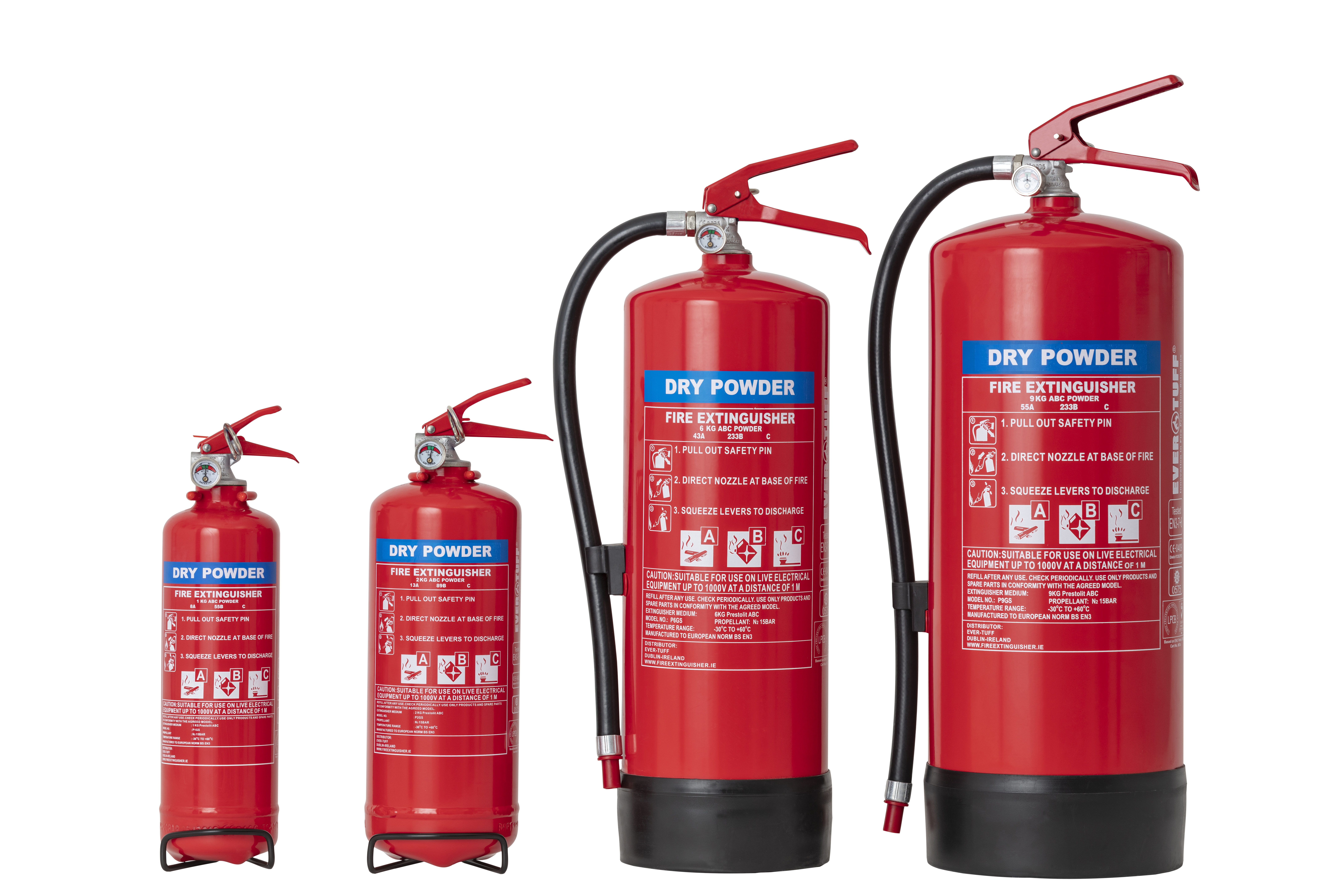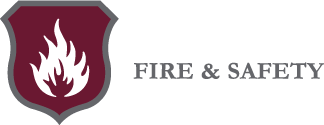
Having fire extinguishers installed at your premises is a very important part of your fire safety strategy, and is required under both Fire Safety and Employer Health & Safety legislation.
The ability to extinguish incipient (early-stage) fires, before they spread or grow too big to be controlled, can prevent the potential for death, injury, and destruction of property in the majority of cases.
However, the correct specification of the extinguishers on your premises is equally important, to ensure that the hazards on site have been considered prior to the installation.
The best way to ensure that your extinguisher provision is adequately suited to the environment and work processes in your premises, is to enlist the assistance of a competent person to perform a risk assessment and advise on what is required to address the risks caused by the hazards on site. This ensures that any extinguishers installed will:
- Be suitable for the hazard in question.
- Be suitable for the environment on site.
- Be suitable for the potential end-user.
Certain extinguishers have specific properties that make them more or less suitable for use in certain settings. For example, ABC Dry Powder extinguishers are viewed as a multi-purpose unit, which are safe for use on several types of fire, namely Solid, Liquid, Gaseous and Live Electrical Risks. While this knowledge is common enough, the wisdom and understanding to know where they are best used is often not so.
Dry Powder units are ideal for extinguishing running liquid fires outdoors (as opposed to a contained liquid fire), which makes them ideal for petrol station forecourts. The fact that these extinguishers contain no liquid also ensures that they won’t be affected by frost, thus making them a good choice in vehicles and in external cabinets. As they are multi-purpose and pack quite a punch for a small extinguisher, also means they are the primary choice for home use, meaning that several different types are not needed, and smaller sizes can be used.
These units are the only type of extinguisher that have a C-rating for use on flammable gases, so if your site uses gas for heating or cooking, there should be a Dry Powder provision for this hazard, however they would generally be found only in the areas required, like boiler rooms. As the powder discharge creates a cloud which reduces visibility and may hinder an emergency evacuation, they are not suited for use in escape routes. The powder may also cause respiratory issues in susceptible people and will contaminate any smoke detection in the area of discharge, generally requiring replacement of same.
After discharging a powder extinguisher, the resultant residue should be cleaned up as early and thoroughly as possible, as it can have a mildly corrosive effect if left sitting on certain surfaces, e.g., sensitive electronics, painted metal surfaces, etc. The use of vacuum cleaners should also be avoided to limit damage to the cleaners themselves. The importance of not specifying these extinguishers in areas with lots of electronics cannot be overstated, with CO2 being the best option for clean electrical firefighting.
Author: Larry Kirwan, Extinguisher & Training Manager, Guardian Fire & Safety
Should you require a bespoke extinguisher risk assessment for your premises, complete with installation and relevant certification, contact Larry today on 051 448774 or email info@guardianfire.ie






